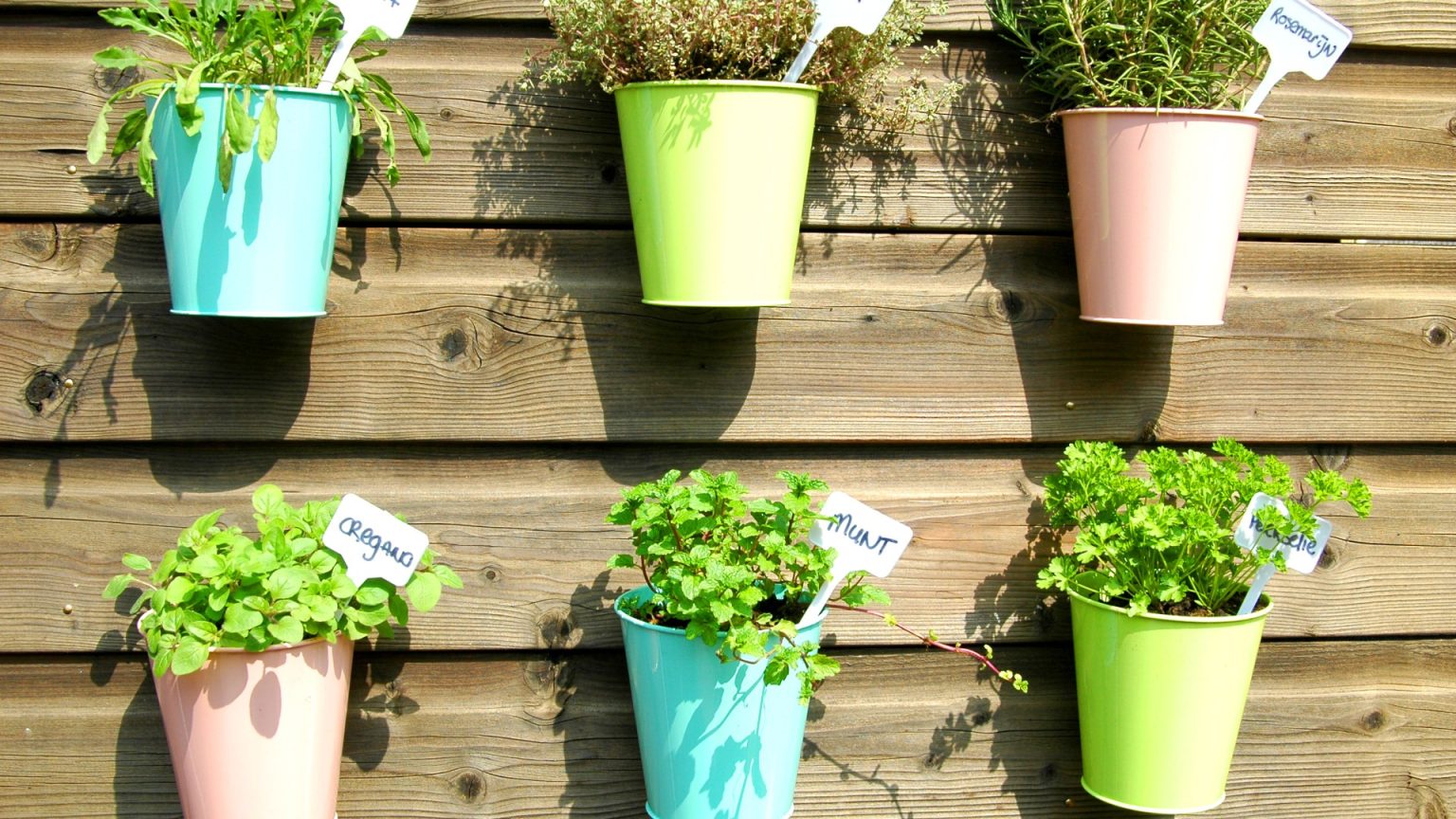Cultivating Your Culinary Herb Garden: A Comprehensive Guide
Embarking on the journey of growing your own herbs is a rewarding experience that elevates your culinary creations with fresh, vibrant flavors. Whether you have a sprawling garden or a compact apartment balcony, cultivating an herb garden is achievable with the right knowledge and approach. This comprehensive guide provides a detailed roadmap for successfully nurturing your herb haven.
Selecting the Right Herbs for Your Environment:
The first step in establishing a thriving herb garden involves carefully selecting herbs that are well-suited to your specific climate and growing conditions. For cooler climates or winter gardening, hardy herbs like parsley, chives, and thyme are excellent choices. These resilient varieties can withstand lower temperatures and thrive even in limited spaces. However, more delicate herbs such as basil and coriander prefer warmer weather and are best sown in the spring.
Optimizing Growth with Quality Inputs and Proper Lighting:
Investing in high-quality herb seeds and a versatile multi-purpose compost is crucial for providing your plants with the optimal foundation for growth. Repurposed containers like yogurt pots can serve as cost-effective alternatives to traditional pots. Adequate sunlight is essential for healthy herb growth, so choose a location on your balcony or windowsill that receives ample light. Maintaining consistent moisture in the soil is also vital, but avoid overwatering, as soggy roots can lead to root rot and hinder plant development.
Creative Space-Saving Solutions for Small Areas:
Even without a traditional garden, you can still cultivate a diverse array of herbs using innovative space-saving techniques. Hanging planters, vertical racks, and stackable pots are excellent options for maximizing vertical space and accommodating a variety of herbs in limited areas. For fast-spreading herbs like mint, it’s advisable to use separate pots to prevent them from overwhelming other plants.
Companion Planting for Enhanced Growth and Aesthetics:
Consider the practice of companion planting, where compatible herbs are grown together in the same pot. Certain herb combinations, such as parsley, thyme, and chives, thrive in close proximity and can enhance each other’s growth. This method not only saves space and time but also creates a visually appealing herb display.
Harvesting and Maintaining Your Herb Garden:
Regular harvesting is essential for encouraging continuous growth and preventing your herbs from becoming overgrown. Pinch off the new tips of the herbs to promote bushier growth and prevent them from flowering prematurely. Rotate the pots regularly to ensure even sunlight distribution and water consistently, allowing the soil to dry slightly between waterings. Proper care and attention will reward you with a bountiful harvest of fresh, flavorful herbs throughout the growing season.
Beyond the Basics: Advanced Herb Gardening Techniques:
For those seeking to expand their herb gardening expertise, exploring more advanced techniques can further enhance your yields and create a more diverse herb garden. Consider experimenting with different propagation methods, such as starting herbs from cuttings or layering. These methods allow you to expand your herb collection without the need for purchasing new seeds. Additionally, exploring organic pest control methods can help maintain a healthy and thriving herb garden without the use of harsh chemicals. As you gain experience, you can also delve into the art of preserving your herbs through drying, freezing, or creating flavorful herb-infused oils and vinegars to enjoy the fruits of your labor throughout the year.




